Table of Contents
Pasta can be composted, but it requires correct preparation and ideal pile conditions to avoid major composting issues. Cooked pastas, especially with sauces or other food ingredients, are prone to pest issues and putrid odors. Due to these potential problems, most composters exclude pasta scraps from traditional home compost piles.
Bokashi composting is a suitable technique to transform food items into nutritious compost. A Bokashi bucket is sealed during the fermentation period, keeping potential smells inside and protecting your compost from animals.
If composting isn’t for you, consider cooking tasty recipes that make use of leftover pasta. Industrial composting is also a great alternative to home composting.
Find out more about the process of converting your pasta scraps into a nutrient-rich soil amendment below.
How to Compost Pasta
Apart from bread and rice, pasta is one of the staple food products in the United States. In fact, more than 5 billion pounds of pasta are consumed annually in the U.S. so leftover pasta is inevitable.
Whether you’re a private household or a business establishment, composting is a sustainable way to turn pasta into a nutrient-rich soil amendment for your garden. Being an unconventional compost material, pasta presents some possible issues — pests and unpleasant smells.
Preparing Cooked Pasta for Composting
Composting cooked food can cause issues in your compost bin or pile if not properly managed and prepared.
Plain, cooked pasta is fine to compost. If you’re dealing with larger pasta types like lasagna, pappardelle or spaghetti, cut them in small pieces. This step will significantly accelerate their decomposition. Treat your plain pasta as carbon-rich material and incorporate it in moderation at the bottom center of your bin or pile.
Pasta cooked with other food ingredients like dairy, eggs, meat, oils, and spices can be challenging to process in traditional home compost piles. Anaerobic decomposition, bacterial spread, and uninvited critters are associated with these types of pastas. Composters and gardeners should consider using a Bokashi compost system for these types. This method can safely process food scraps, including pieces of cheese, meat scraps, and pasta sauces.
Preparing Uncooked Pasta for Composting
Composting raw pasta is easier because it isn’t mixed with other food ingredients, making it less attractive to pests.
Do be aware of weevils. They consume many dry grain products: flour, cereal, pasta, and rice. If your pasta is infested with weevils, prepare it separately and store it in the fridge for at least three days. This preventative step will kill the bugs and keep them from spreading in your compost.
Crush or pulverize your uncooked pasta to speed up the decomposition process. Do this with a mortar and pestle or a food processor. Once combined and moistened with other compost materials, these bits of uncooked pasta will eventually break down.
Optimal Composting Conditions for Pasta
When composting pasta, aim for the ratio of 25 to 30 parts carbon to every 1 part nitrogen. Cooked and raw pasta are high in carbon, acting as an energy source for composting microorganisms.
Kitchen wastes like crushed shrimp shells, used coffee grounds, and other fruit trimmings, and vegetable scraps are excellent nitrogen-rich green ingredients for compost. Yard wastes like dead leaves, fallen twigs, and fresh grass clippings can be incorporated as additional sources of carbon.
Keep your compost wet, but not flooded. Moisture is crucial in the composting process. Excess fluids in your compost bin or pile, however, lead to anaerobic decomposition and trigger unpleasant smells. Minimize this issue by adding more brown, carbon materials like cardboard, egg carton, newspaper, and untreated sawdust or wood chips. Aerate the pile regularly to improve air circulation.
When hot composting, aim for a temperature range of 90 to 140 degrees Fahrenheit. These high temperatures will efficiently “cook” your pasta and break it down to nutritious compost. You can monitor the hot pile’s internal temperature by using a long-stemmed backyard thermometer.
Bury your pasta scraps deep in the compost bin or pile’s center where pests cannot reach. This area has the hottest internal temperature. You can further safeguard your compost from pests by covering or sealing your bin or pile with a sheet of wood or metal.
Maintain these optimal pile conditions to successfully turn pasta into compost.
How Long Does Pasta Take to Compost?
Pasta takes anywhere between 2 and 4 months to fully decompose. The rate at which organic materials decompose heavily depends on the availability of heat, moisture, oxygen, and other factors, including the ratio of the organic matter.
How Pasta Affects the Composting Process
Being an unconventional compost material, pasta greatly impacts the composting process. Mismanagement and incorrect preparation can lead to more challenges than benefits during compost activity.
Impact on Decomposition
In a well-manage compost heap, pasta decomposes. Chopping, or pulverizing pasta into smaller pieces will accelerate decomposition. As a general composting rule, smaller pieces of organic matter are faster to break down. Cutting your pasta will definitely save you precious time.
Avoid overloading your compost bin or pile with too much cooked pasta. Starch from such food items can cause anaerobic decomposition and clumping problems.
Microbial Activity
The carbon in pasta scraps energizes the composting microorganisms, enhancing the efficiency of the pile in compost production, but cooked pasta contaminated with sauces or oils can hinder the development and growth of these beneficial microbes. Therefore, it’s best to avoid these types of pasta dishes and consider other disposal options.
Temperature and Moisture
Although pasta has no direct impact on the pile’s temperature, sustained microbial activity heats up your compost. Healthy microbial activity leads to high temperatures, breaking down your compost faster.
Wet pastas can contribute to the pile’s moisture levels. Carefully integrate them and be mindful not to flood your compost heap.
In contrast, dry, uncooked pastas need moisture to decompose. You can balance and dampen them by adding nitrogen-rich materials.
Potential Issues With Composting Pasta
Possible pest problems, and putrid odors in the compost pile are the primary reasons why composters and gardeners opt to omit pasta.
Will Composting Pasta Attract Pests?
Cooked pasta can lure pests: cockroaches, flies, raccoons, and rats. Smells from cooked pasta decomposition attract these pests. Sauces and other food ingredients further contribute to these smells, inviting more pests to your compost pile.
To lessen this risk, use small amounts of cooked pasta. Make sure to bury the scraps deep in the center of your compost bin or pile where pests can’t reach them. As previously mentioned, covering your compost pile with a wooden or metal sheet can help keep unwanted visitors away.
Will Composting Pasta Cause Odors?
Pasta can trigger unpleasant odors in your bin or pile. Composting pasta makes the pile prone to anaerobic conditions, particularly inadequate air circulation and excess fluids. These conditions will lead to foul smells that can attract bugs and rodents. To minimize this risk, maintain balanced moisture levels and turn your compost regularly to improve its air circulation.
If you notice excess fluids leaking out of your compost bin or pile, add more carbon-rich brown materials.
Methods for Composting Pasta
Some methods are more effective in transforming pasta to compost. For instance, the Bokashi method is designed specifically to process food waste, including pasta dishes cooked with dairy products and meat.
Hot Composting
You can hot compost both cooked and raw pasta.
A hot pile generates high temperatures due to its continuous microbial activity. This temperature range “cooks” organic matter, efficiently breaking it down. Hot composting is not for everyone as it requires laborious efforts to maintain.
To successfully hot compost using pasta scraps, you need to conduct regular temperature checks and frequently turn the compost. If managed well, hot composting delivers compost more rapidly than other methods.
To start hot composting your pasta scraps, prepare them as recommended above, and incorporate them at the bottom center of your compost bin or pile. Only minimal amounts of pasta should be used for composting, balanced with other organic matter. Aim for the temperature range of 90 to 140 degrees Fahrenheit.
Cold Composting
Raw, pulverized pasta scraps are fine to cold compost.
Cold composting is a more relaxed approach as it relies primarily on naturally occurring microbes, insects, and other environmental elements. Little to no human intervention is needed during the decomposition of organic matter in cold compost systems.
Still, be cautious when adding cooked pasta to a cold pile. Since cold composting takes a significant amount of time to change pasta to compost, the pile becomes more vulnerable to problematic pests and unpleasant smells.
Moreover, cold composting lacks hot temperatures needed to avoid potential bacterial growth from cooked pasta.
Vermicomposting
Moderate amounts of plainly cooked pasta can be added to your worm bin. Avoid pasta heavily contaminated with dairy products, meats, oils, and spices. Your precious red wigglers will find these types of pasta difficult to digest. Furthermore, excessive dairy, oils, salt, or spices can harm your worm bin.
Worms are not particularly attracted to starchy foods like pasta. Gradually introduce your pasta scraps to your worm farm’s diet, while providing other food sources. See how they react, and add more as needed.
You’ll know you’ve added too much pasta if you notice pot worms in your worm bin. These white worms are different from the beneficial red wigglers involved in vermicomposting. Pot worms love acidic and anaerobic environments that red wigglers dislike. You can mitigate these conditions by omitting excess food from your wormery, and applying a neutralizer such as crushed eggshells or hydrated white lime.
If you have cooked pasta drenched in sauces, you can wash it before adding to your worm bin.
Raw, pulverized pasta is fine for vermicomposting. Sprinkle small amounts on your worm bin and the resulting worm castings can be applied as additional nourishment to your flower bed or vegetable garden.
Bokashi Composting
Originating from Japan and Korea, the Bokashi method ferments organic food scraps into nutrient-rich compost. This method involves a specialized Bokashi bran inoculant in a sealed Bokashi bucket. Fermenting microbes thrive on the carbohydrates and proteins found in your pasta scraps — cooked or raw.
You can add pasta contaminated with other food ingredients to your Bokashi bucket without concern, but when it comes to pasta sauces, be cautious. The fermenting microbes in the bucket have difficulty thriving in flooded environments.
Bokashi composting can efficiently break down dairy and meat products from your pasta dish.
Alternatives to Composting Pasta
The landfill should be the last place your pasta scraps end up. Consider other sustainable options below to make use of your disposable pasta.
Industrial Composting of Pasta
Industrial composting is a great alternative to home composting. Operating at high temperatures, commercial centers can transform pasta scraps into nutrient-rich compost. The resulting compost is typically used for agricultural and industrial purposes.
Contact your nearest composting facility to learn more on how they accept pasta scraps. These facilities have varying guidelines on waste management. Many of these facilities provide pick-up services or have drop-off locations for collecting household waste.
Upcycling Pasta
You can freeze plainly cooked pasta for future use. To start freezing, drain any excess liquids from your pasta. Cover your pasta with butter or olive oil, which will prevent them from sticking. Once cool, lay the pasta on a baking sheet and freeze for at least an hour. Transfer the frozen pasta in a separate freezer bag and keep (in the freezer) until your next meal. For more thawing tips for frozen pasta, head over to Eating on a Dime.
Don’t be wasteful and consider countless delicious recipes for leftovers.
A perfect breakfast staple, spaghetti frittata is an easy-to-make recipe. Cook your leftover pasta in oil and add beaten eggs. Once the egg solidifies, top it with cheese and sprinkle some salt and pepper to taste. Flip the frittata to cook both sides. You can add other favorite ingredients such as additional meats or veggies.
Find out other mouthwatering leftover pasta recipes on Shelf Cooking.
Feeding Pasta to Chickens and Livestock
Small amounts of cooked pasta (ideally plain pasta) can be served as treats to your chicken. Be cautious with pasta sauces high in salt as they can negatively impact your chicken’s health. Provide other food sources to your chicken’s health as pasta cannot provide the protein needed by your chickens.
Same rule applies to pigs. Feeding them plain pasta is fine, but large quantities of it may not be beneficial in the long run. Some researchers also encourage the use of pasta (including its dry by-products) as an alternative to a typical corn formula.
Crushed dry pasta can also be fed to goats.
When feeding your livestock, pasta should not be the only food source. Give them other edible feeds to boost their health and growth.
Disposal Options for Pasta
If home composting and other sustainable alternatives are not feasible, collect your pasta and throw it in an appropriate waste bin. You can seal your pasta in a bag or cover your bin to keep out vermin.
What Pasta Shouldn’t Be Composted?
Pasta contaminated with dairy, eggs, meat, oils, and spices can trigger composting issues in a traditional home compost. Uninvited pests and putrid smells are linked to composting these types of cooked pasta. Additionally, these food substances can impede proper microbial action in your compost bin.
If you’re new to composting or don’t have enough experience, avoid adding pasta cooked with other ingredients.
Safety and Precautions When Composting Pasta
When composting pasta, always aim for optimal compost conditions. Best management practices are crucial to the success of your composting activity.
You can seal your compost bin or pile to keep out pests.
After composting activity, wash your hands with soap and running water.
FAQ
Can I compost moldy pasta?
Moldy pasta is fine to compost, as mold is one of the first signs of decomposition in organic matter — but handle moldy pasta with care. If you have immunity or respiratory problems, wear a face mask and a pair of gloves. Some mold releases mycotoxins that can potentially harm your health.
Can I compost macaroni and cheese?
Mac and cheese is technically biodegradable. However, adding them into your compost bin or pile can cause major composting issues. Without proper preparation and pile management, macaroni and cheese can do more harm than good in a traditional home compost. Try Bokashi composting your leftover macaroni and cheese to safely and effectively transform them into compost.
Can I compost dry pasta?
Dry pasta can be added to your compost pile. You can crush or pulverize it into small pieces first to accelerate decomposition.









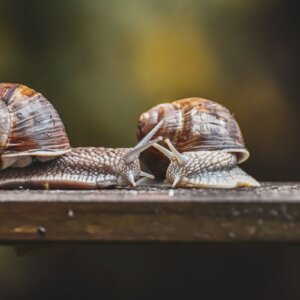



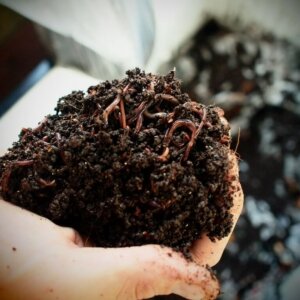



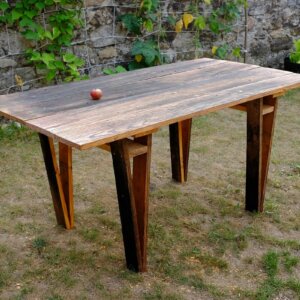
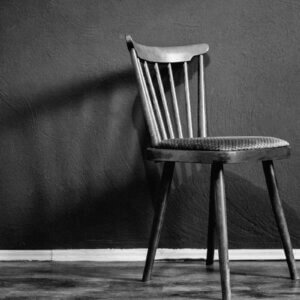

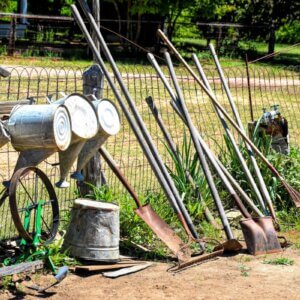

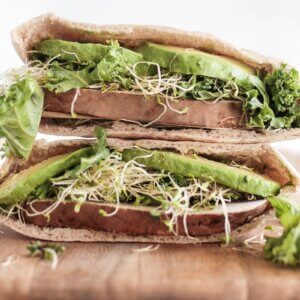
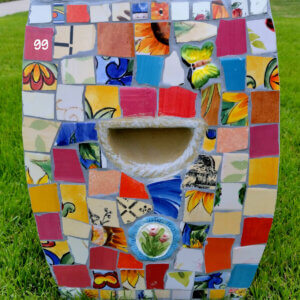
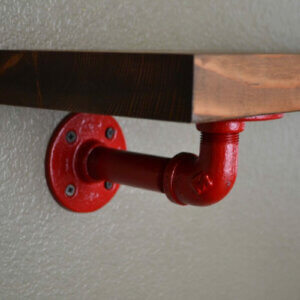
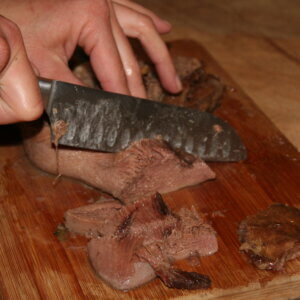

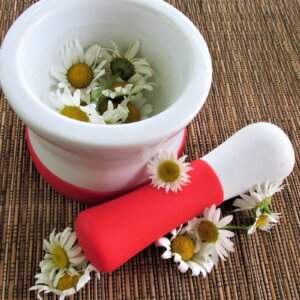


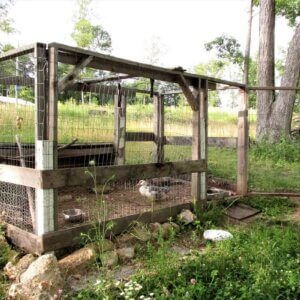

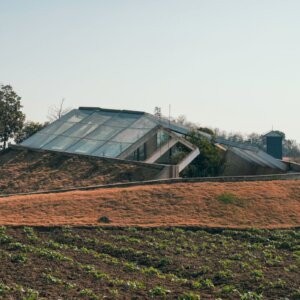
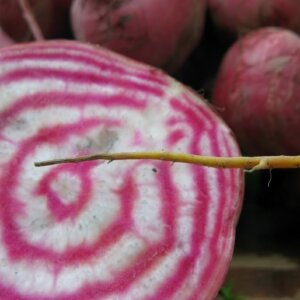

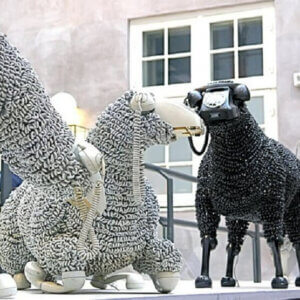



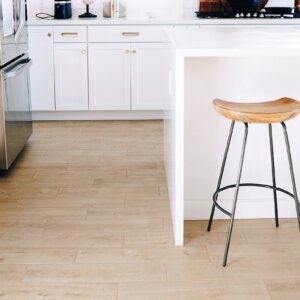
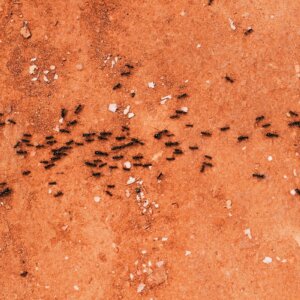
Leave a Reply